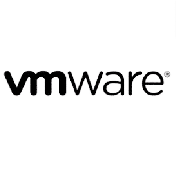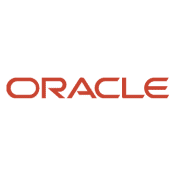Inhalt des Trainings
This course teaches administrators and users to configure, manage and use the OpenStack® cloud services platform. An architectural overview ensures understanding of various OpenStack projects and their functions. Hands-on labs provide configuration and operations experience with major aspects of the OpenStack environment. Course content and labs are based on the OpenStack Rocky release.
After you successfully complete this course, expect to be able to:
- Describe the purpose and features of OpenStack
- Describe its high level architecture and list its major components
- Describe methods of access to OpenStack services
- Gain basic hands-on experience
Zielgruppen
System administrators, engineers and consultants who plan and manage OpenStack-based environments.
Microsoft
Microsoft Office
ITIL
Red Hat
Cisco
 VMware
VMwareCitrix
Unix Linux
Amazon AWS
 Oracle
OracleAutoCAD
IBM
Hewlett Packard Enterprise (HPE)
Google
Salesforce
AI – Artificial Intelligence
Automatisierung
Cloud Computing
Grafik
IT-Management
Development
Security
Netzwerk
Data Science
Soft Skills
Video Based Trainings
Nachhaltigkeit
